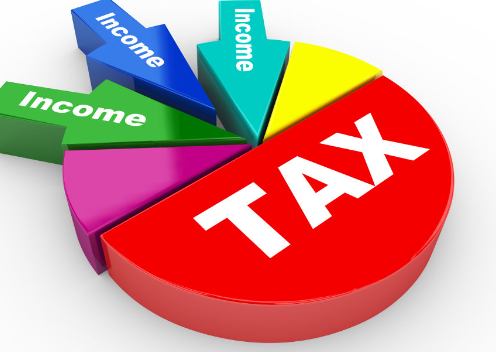Top tax tips for entrepreneurs who are self-employed

Running your own business can at times feel like a fine balancing act between managing cash flow, the never-ending quest for new business, ensuring satisfied customers and remaining tax compliant.
The challenges are exponential in a tight economy amid persistent load-shedding, high interest rates and creeping inflation.
The national budget, announced in February, made no inflationary adjustment to income tax brackets for small businesses. The corporate tax rate remained at 27%.
Given that no inflationary adjustments have been made to the tax brackets, it’s arguably more important than ever that self-employed individuals claim back from the SA Revenue Service (Sars) what they can.
Before identifying exactly what can — and can’t — be claimed back from Sars, it’s worth mentioning that there are rules and regulations regarding which expenses can be claimed back, what is considered a business expense and what is tax deductible. It’s worth brushing up on your knowledge of what is permitted.
One of the biggest traps self-employed individuals fall into is not correctly defining what is a home office. You can’t, for example, claim expenses for a home office if that office is your dining room table or in your lounge or bedroom. Rather, a home office needs to be a dedicated room — or set of rooms — that is suitably and permanently outfitted as office space.
Another trap is not keeping adequate records of your business expenses and not adequately differentiating between personal and business expenses. Detailed and clear records are key to successfully separating personal expenses from your business expenses.
To avoid treating your business income as personal income, it’s a good idea to have a separate bank account for your business. This also helps to separate your business expenses from your personal expenses.
All day-to-day expenses incurred to run the business can be claimed
So what exactly can self-employed individuals claim back from Sars?
Once-off large capital expenses
This includes office equipment such as laptops, printers, mobile devices, office furniture, machinery for a manufacturing business, tools, the cost of renovating an office space and even business vehicles.
Items costing R7,000 or less can be claimed in full in one tax year. However, items costing over R7,000 will need to be written off over the useful life of the asset.
Business expenses
All day-to-day expenses incurred to run the business can be claimed. This includes stationery, electricity and water, salaries, uniforms, stock (including storage and transport), administrative, accounting or legal costs, insurance, marketing and advertising expenses.
Travel and transport costs, including petrol, toll fees and insurance for work-related travel can also be claimed. However, remember that all travel-related expenses need to be supported by a detailed logbook with odometer readings for both the start and end of the financial year. Include detailed notes such as the date, reason for travel and distance covered for each business trip to differentiate it from personal travel.
Entertainment costs
This includes tea and coffee for business meetings, or food and beverages for business functions. Be aware that you will need to prove this was a business expense and not a personal expense, so in addition to keeping any receipts, also keep detailed notes on the date and purpose of the event, who was in attendance, and the location.
Training, development and upskilling
Any education expenses that the business incurs to train, upskill or provide further development to an employee — including the owner — can be claimed.
Miscellaneous expenses
Other items you may be able to claim back include retirement annuities, charitable donations, assessed losses for the previous year (which are tax-deductible) and start-up expenses.
These are the most obvious things self-employed individuals can claim back. There are numerous other ways businesses can save even more, particularly if they use a cloud-based accounting service that tracks and stores detailed accounts of business expenses without requiring crumpled and fading receipts and rushed notes.
To assess what your tax liabilities will be for the next financial year, Sage’s income tax calculator has been updated in line with the changes announced in the budget speech. Simply enter your monthly income and allowances to see what you can expect in the current tax year.
Don’t miss Sage’s tax and legal compliance e-book for more information on how to get tax year-end ready while taking the stress out of legislative changes to ensure your business is always compliant.
This article was sponsored by Sage.





